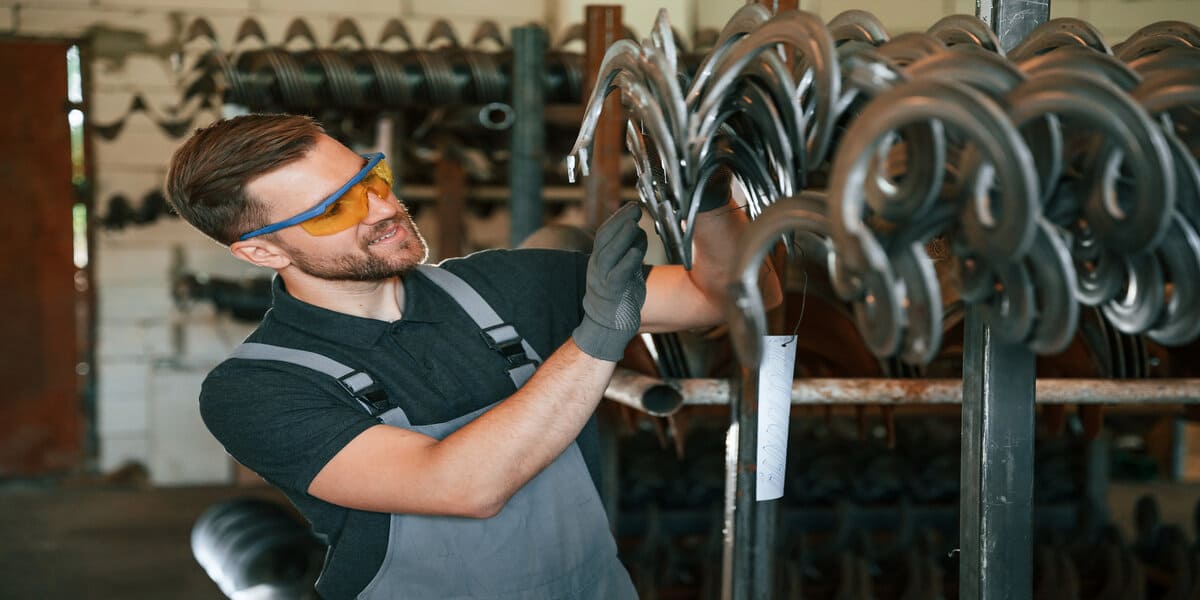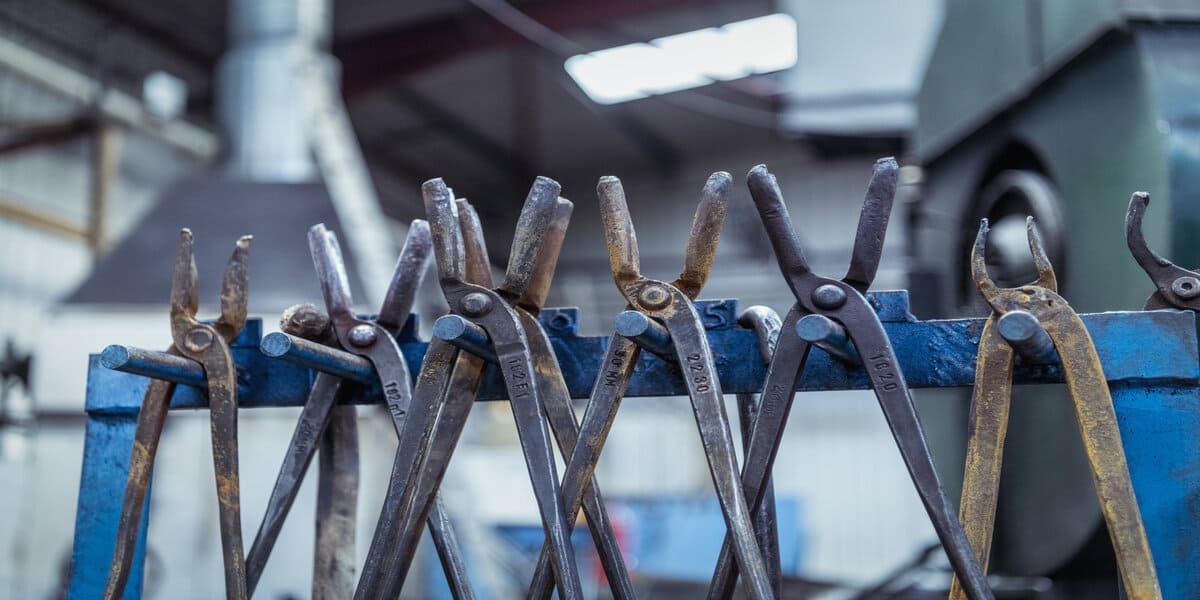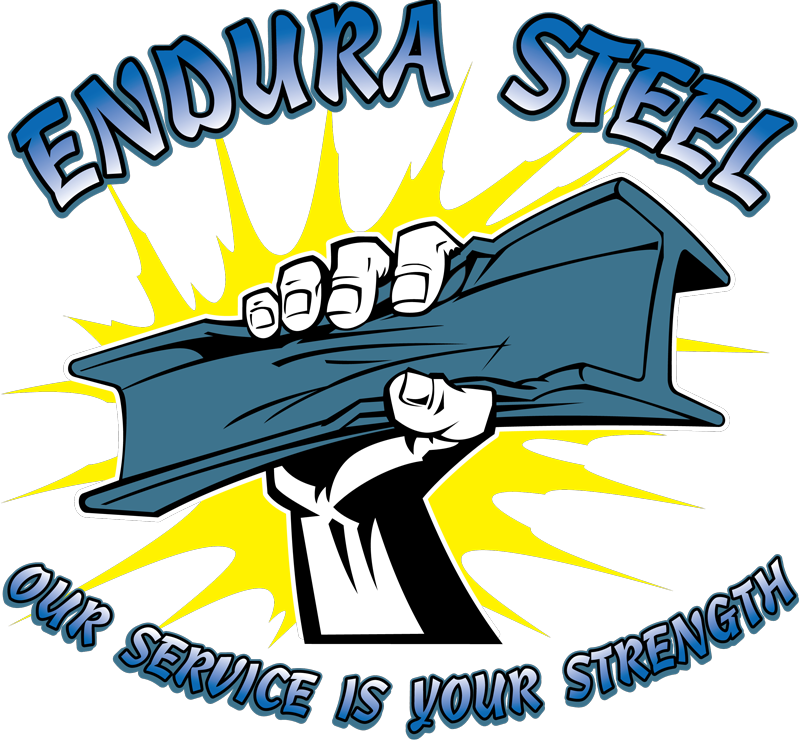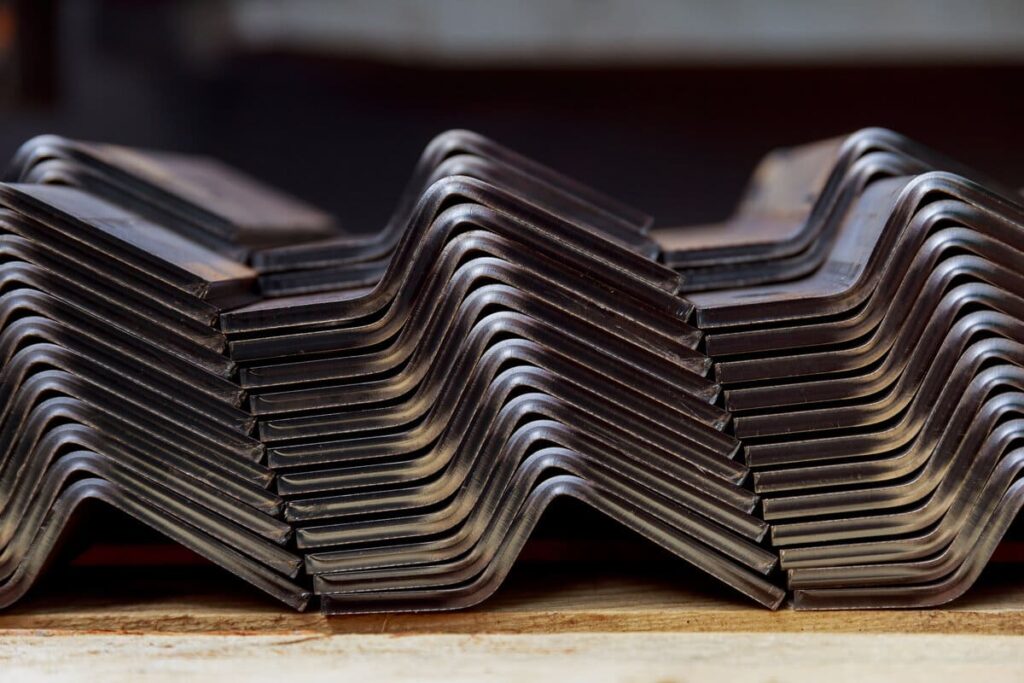For thousands of years, we have shaped and metal bending to our will, transforming it from mere ore into the elegant structures that define our skylines and into the intricate engines that drive our progress. In the modern age, metal bending has evolved into a science, with multiple technologies offering many ways to accomplish precision bending tasks. From straightforward sheet metal fabrication to the biophysics of tube bending, the language of metal manipulation has never been richer—or more complex.
Traditional Techniques
Before the advent of sophisticated machinery, metalworkers relied on traditional methods that required meticulous handcrafting skills, infusing each piece with a unique artisanal quality that reflected the dedication and expertise of the artisans. These time-honored techniques not only shaped the physical attributes of the finished products but also contributed to a legacy of craftsmanship that continues to inspire modern bending technology. Today, these historical practices serve as a cornerstone for innovation, offering a rich tapestry of knowledge and inspiration for the evolution of metalworking processes.

Forging and Hammering
Forging is a time-honored craft, dating back to ancient times as one of the oldest metalworking processes known to humanity. The art of heating metal to high temperatures, allowing it to be skillfully hammered into shape, involves a series of repeated blows that not only shape the metal but also enhance its strength and provide a precise directionality to the bend. This process of hammering and shaping, passed down through generations, continues to be a cornerstone of craftsmanship in various industries today.
Advantages: The process involves a procedure that imparts excellent strength and enables the creation of custom, one-of-a-kind shapes tailored to specific needs and requirements.
Limitations: It is a labor-intensive process that can sometimes be quite imprecise. It demands a high skill level to ensure consistency and uniformity across a batch of products.
Hand Bending
Hand benders are versatile, user-friendly manual tools designed for precision bending tasks. They are commonly used with soft metals like aluminum or copper and thin tubing like copper. Their ergonomic design and ease of use make hand benders a practical solution for accurately and efficiently shaping metal components.
Advantages: They are convenient to carry around due to their portability and come with minimal initial setup expenses, making them a practical choice for various situations.
Limitations: The accuracy achieved in production heavily relies on the operator’s expertise and proficiency. This dependence on the operator’s skill can introduce variability in the process, impacting consistency, especially in mass production scenarios.

Brake and Press Bending
A brake, also known as a press brake, is a crucial machine tool used in metalworking to precisely bend sheet metal. This versatile equipment secures the workpiece between a punch and die to create specific bends according to the desired design specifications. Its ability to manipulate metal sheets accurately makes it indispensable in various industries, from manufacturing to construction.
Advantages: High precision, repeatability, and control over bend angles and lengths are key features that ensure accuracy and consistency in bending processes. These attributes play a role in achieving quality results and meeting specific design requirements effectively.
Limitations: Some setups can be intricate and require care due to the limits imposed by the curvature of the bend that the brake can achieve.
Advanced Bending Technologies
A new wave of advanced machinery and cutting-edge techniques has surfaced within the industry to achieve greater precision, efficiency, and quality in metal bending processes. These innovative technologies not only leverage the fundamental principles of physics and engineering but also pave the way for enhanced control, flexibility, and customization in metal shaping applications. Integrating these state-of-the-art methods marks a significant evolution in the field, promising increased productivity and superior results for varying-scale metal fabrication projects.
Rotary Draw Bending
This method utilizes a specific set of dies and tools to shape materials and precisely bend a tube or pipe. A mandrel, a rod, or a spindle inserted inside the tube plays a crucial role by supporting the structure internally and preventing it from collapsing while bending.
Advantages: Achieves tight-radius bends with little distortion of the tube or pipe, ensuring precision and integrity in the shaping process. This feature is particularly beneficial for applications requiring intricate designs and exact specifications.
Limitations: Requires careful setup and specific tube preparation, limiting flexibility as it does not permit variation in bending radii within a single section.

Roll Bending
Roll bending, or pyramid rolling, is a metal forming process in which steel is fed through three adjustable rollers. The positioning of the top and bottom rolls determines the final shape. This method is commonly used in various industries to precisely and consistently shape metal sheets and profiles.
Advantages: This tool is versatile and capable of creating large radius bends. Its functionality extends to forming smooth arcs and perfect circles with precision and ease.
Limitations: This method is more intricate than alternative bending techniques and may require supplementary machining processes to meet the ultimate specifications accurately.
Induction Bending
This technique utilizes heat induction, where heat is applied to a workpiece, like a pipe or tube, while it remains solid. This method allows a controlled bend to be formed without causing wall thinning or wrinkles on the material surface. The precise application of heat ensures a smooth and accurate bending process, maintaining the integrity of the workpiece.
Advantages: High precision is crucial when handling large-diameter pipes, ensuring accurate and efficient operations in various industrial applications.
Limitations: Making an initial investment in the equipment can be costly, and the process might require some time due to thoroughly heating the entire length of the workpiece. This attention to detail is crucial for ensuring the quality of the final product.
CNC Pipe Bending
CNC pipe bending, or computer numerical control pipe bending, is a sophisticated manufacturing technique that utilizes computer-controlled machinery to create precise, complex bends in pipes or hollow profiles. Due to its efficient versatility, this advanced method is widely used in various automotive, aerospace, and construction industries. By leveraging CNC technology, manufacturers can achieve intricate bending requirements while maintaining consistency and quality in their production processes.
Advantages: High repeatability, fast production, and the ability to handle intricate 3D bending make this equipment ideal for streamlining manufacturing processes and achieving precision in complex bending tasks.
Limitations: Small businesses and workshops often require intricate programming and face the intimidating upfront costs associated with investing in CNC equipment. This can sometimes feel overwhelming for those embarking on such endeavors.

The Path to Precision
For modern fabricators and engineers, the selection of bending technology is a critical decision influenced by various factors. Key considerations include the type of material being worked with, the project’s scale, and the required precision level.
Traditional bending methods provide a hands-on approach well-suited for customization and small production runs. In contrast, advanced bending techniques are tailored for large-scale manufacturing, offering automation features, advanced control systems, and sophisticated analytical capabilities to streamline production and enhance efficiency.
In addition to selecting the right technology, the following principles are key to achieving precise metal bends:
- Material Selection and Quality: The choice of metal, composition, and grain structure can significantly affect its bendability. High-quality, uniform materials will respond more predictably to bending forces.
- Tool Maintenance and Inspection: It is best to ensure that the bending tools are well-maintained and inspected for wear to achieve consistent bends.
- Technician Training and Skill: Metal bending machinery is increasingly technical. Training and experience are critical to setting up and operating these tools.
- Process Control: Calculating bend allowances, understanding springbacks, and controlling variables are all part of a well-managed bending process.
Future Trends in Metal Bending
The industry is always evolving. Current trends point to integrating robotics, artificial intelligence, and the Internet of Things (IoT) in metal bending equipment. Incorporating these advances allows for real-time monitoring and adjustment of the bending process, reducing scrap and maximizing yield.
Furthermore, additive manufacturing is beginning to intersect with metal bending. Additive techniques can create unique shapes that are difficult or impossible to achieve with conventional bending methods.
To stay ahead in this dynamic landscape, manufacturers and fabricators must adopt new technologies and work practices agilely. Industry 4.0 concepts can adapt to changing conditions, are becoming imperative for companies seeking a competitive edge.
Metal bending is both an art and a science. It has a long and storied history that continues to unfold through innovation. Whether you’re a seasoned fabricator or an engineer, a deep dive into bending technologies is crucial to your success.
Understanding the options available for metal bending is the first step toward crafting excellence. There’s a bending method suited to every need.
The future looks promising for metal bending, with breakthroughs expected to redefine possible standards. We can ensure the resilience of the structures, machines, and products built by continuously pushing the boundaries.

Frequently Asked Questions
How does CNC pipe bending work?
CNC pipe bending uses computer-controlled machinery to accurately and efficiently bend pipes or hollow profiles into precise, complex shapes.
What are the advantages of CNC pipe bending?
CNC pipe bending has advantages, including high precision, repeatability, and the ability to handle intricate 3D bends. It also allows for fast production and streamlines manufacturing processes.
What are the limitations of CNC pipe bending?
The upfront costs of investing in CNC equipment can limit small businesses or workshops. Additionally, intricate programming may be required, which can be challenging for those new to this technology.
How important is material selection in achieving precise metal bends?
Material selection is crucial in achieving precise metal bends. Different metals have varying levels of bendability and respond differently to bending forces. High-quality, uniform materials are more predictable and easier to work with than lower-quality or inconsistent ones.
References
Sheet metal bending calculation basics
4 Ways the IoT Improves Metal Fabrication Efficiency

